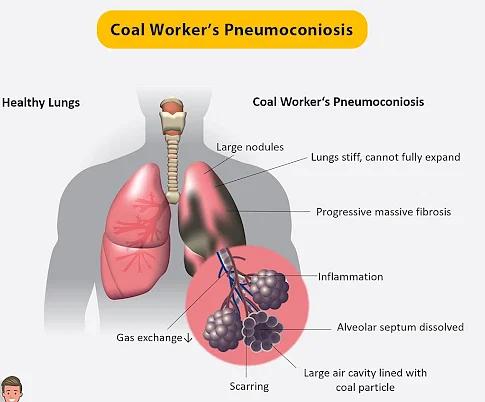Association between pneumoconiosis and underground coal mining in a government owned mine in Hwange Zimbabwe: A Retrospective Cohort Study
SARUDZAYI MAKWANDE: MPH
INTRODUCTION
Coal Workers Pneumoconiosis (CWP) is a major occupational lung disease among coal miners,

▪ due to airborne respirable dust,
▪ extra fine particles inhaled into the lungs
▪ results into irreparable lung damage
▪ there is no effective treatment identified for CWP.
Gap of knowledge
▪ can COPD occur in underground coal miners without the presence of CWP?
Coal

▪ world second largest source of energy
▪ one-third of the fuel used in the world to generate electricity
Retrospective Cohort Study is to determine whether underground coal mining is associated with development of CWP. Study examines medical records of 600 Hwange underground coal miners who have been exposed to coal mine dust in the past 20 years, and the other 200 medical records will be from none underground miners but work at the same mine in other areas.
RATIO A/(A+B) = 150/(150+450) = 2.5 C/(C+D) 20/(20+180)







Results: Those exposed to underground coal mining have two and half times higher risk of developing pneumoconiosis compared with those not exposed to underground mining.
Conclusion: Under ground coal miners at Hwange have significantly increased risk of pneumoconiosis compared with none underground coal mine workers.
References
1. Pneumoconiosis and advanced occupational lung disease among coal miners 16 states. CDC MMWR Morb. Mortal Wkly. Rep. 2012 June15;61(23):431-4
2. Laney S A, Weissman D N. Respiratory, Diseases Caused by Coal Mine Dust. J Occupational Environ. Med 2014 Oct:56(0 10): S18-S22
UNERGROUND COAL MINING

